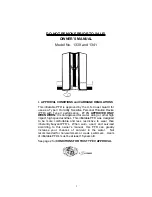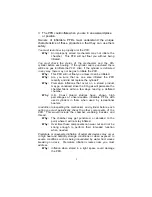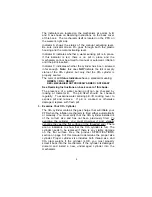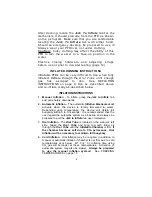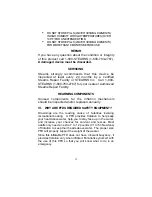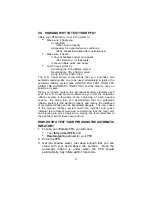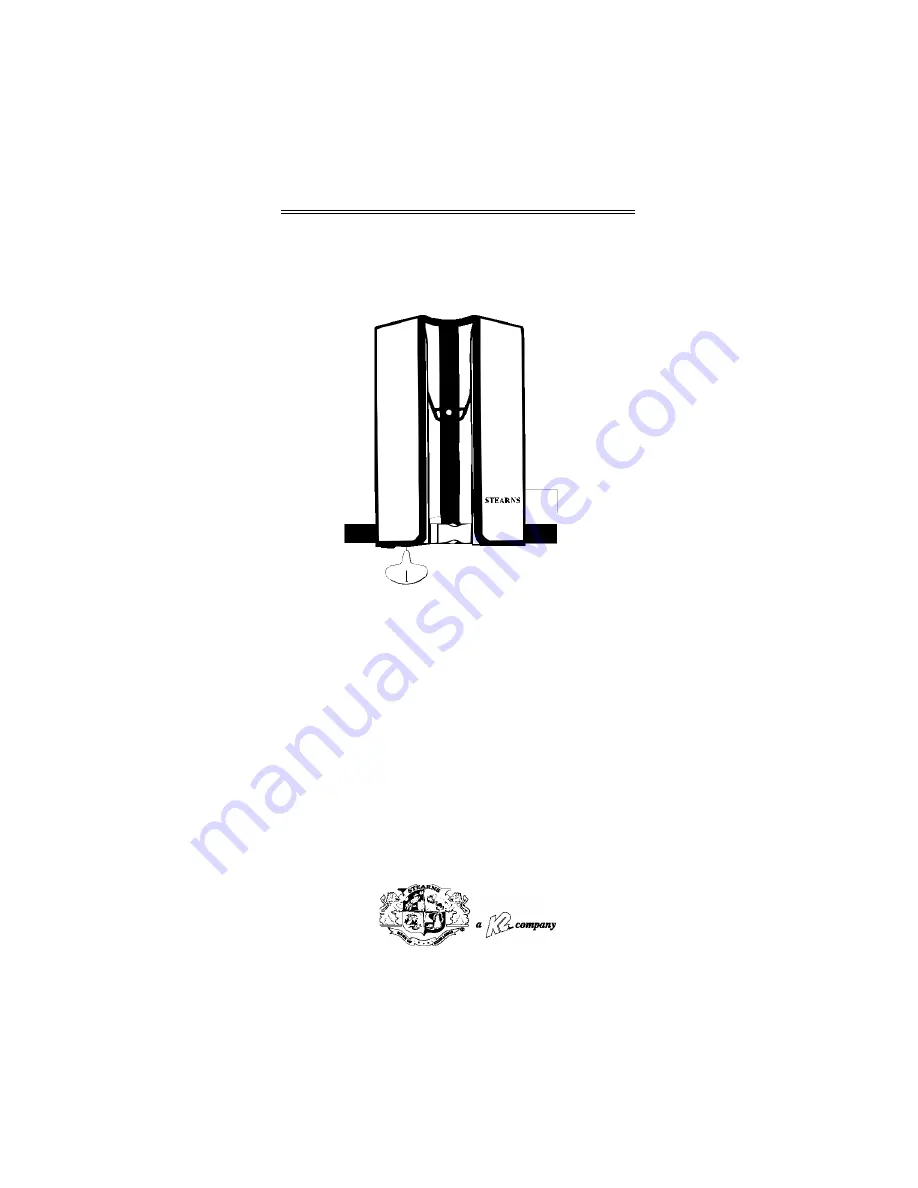
1
DO NOT REMOVE PRIOR TO SALE!
OWNER’S MANUAL
Model No. 1339 and 1341
I. APPROVAL CONDITIONS and CARRIAGE REGULATIONS
This inflatable PFD is approved by the U.S. Coast Guard for
use as a Type V Humidity Sensitive Personal Flotation Device
(PFD) with Type II performance.
IT IS APPROVED ONLY
WHEN WORN.
It is not approved for water skiing or other high
impact, high speed activities. This inflatable PFD was designed
to be more comfortable and less restrictive to wear than
inherently buoyant PFD’s. When worn, used, and serviced
according to this owner’s manual, this PFD can greatly
increase your chances of survival in the water. Not
recommended for non-swimmers or weak swimmers. Users
of inflatable PFD’s must be at least 16 years old.
See page 2 for
CONDITIONS FOR THIS TYPE V APPROVAL
.

